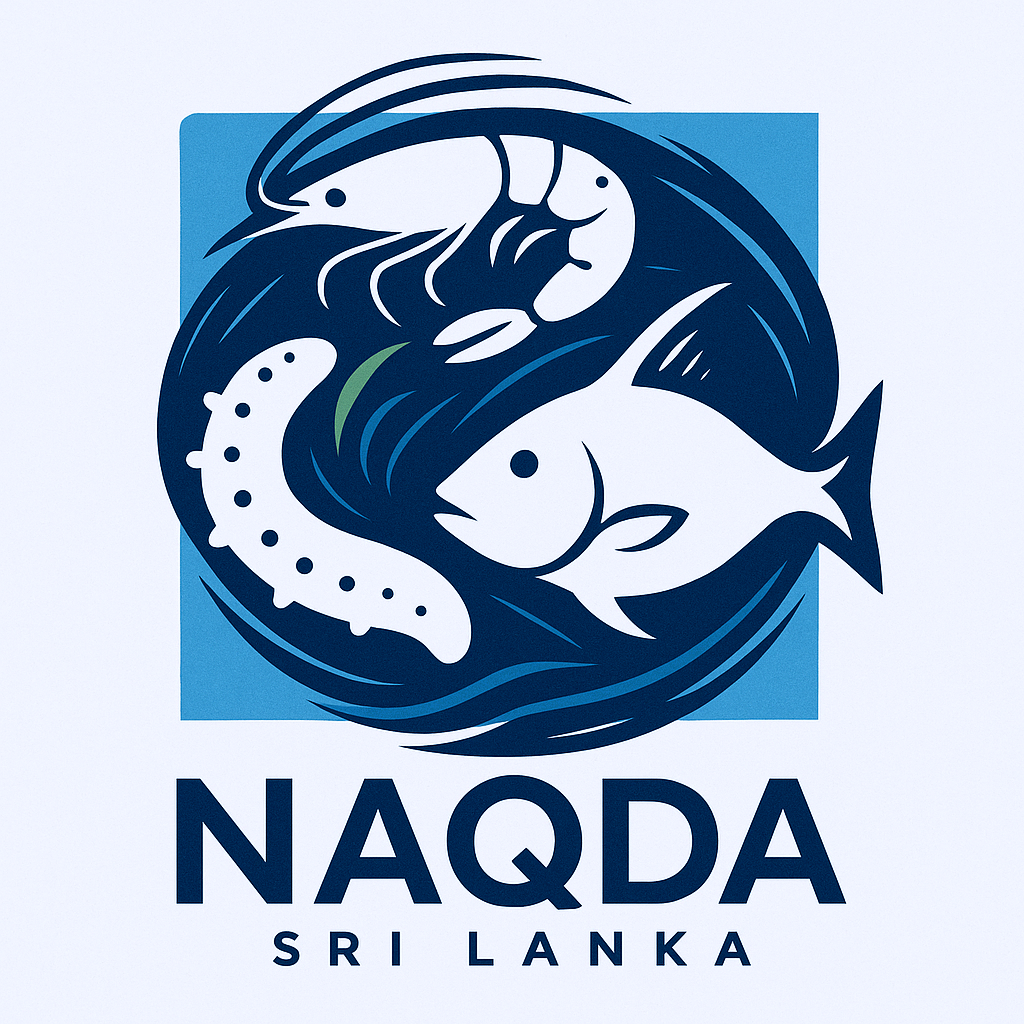
Mud Crab Farming Excellence
Sri Lanka's Premium Export Aquaculture Industry
High-Value Crustaceans • Sustainable Farming • Global Markets

Sri Lanka's Premium Export Aquaculture Industry
High-Value Crustaceans • Sustainable Farming • Global Markets
Green Mud Crab - Premium Export
Red Claw Mud Crab
Combine mud crab with milkfish or tilapia for optimal pond utilization and increased revenue.
Alternate between crab and shrimp crops to maintain pond health and maximize profits.
Select water crabs (thin crabs) 150-300g, check for missing limbs, soft shell stage
Gradual salinity adjustment, initial feeding with trash fish
Feed 8-10% body weight daily, trash fish, molluscs, pellets
Visible weight gain, carapace filling, meat content increasing
Reduce feeding to 5%, monitor meat content, prepare for harvest
Full meat crabs 300-500g, 70-80% meat content, premium grade
Sardines, anchovies, tilapia - Rs.50-80/kg
High protein, natural preference
Snails, mussels, clams - Rs.30-50/kg
Calcium for shell hardening
35-40% protein pellets - Rs.150-200/kg
Balanced nutrition, vitamins
Vitamins C & E, minerals, probiotics
Immunity boost, faster growth
2.5-3kg feed produces 1kg crab weight gain
Thin crabs for fattening
After 20-25 days fattening
Premium quality >400g
Join the lucrative mud crab export industry with NAQDA support
Hotline: 1920 | WhatsApp: +94 77 234 5678 | Email: mudcrab@naqda.gov.lk
40% of exports
25% of exports
20% of exports
Learn from expert tutorials and success stories
Learn the basics of mud crab aquaculture from pond preparation to harvest
Maximize profits with proven crab fattening methods
Individual box system for maximum survival rates
Seed production and nursery rearing techniques
Maintain optimal conditions for crab growth
Prepare mud crabs for international markets
Everything you need to know about mud crab farming in Sri Lanka
Mud crab fattening is the process of growing thin, water crabs (150-300g) to market-size hard-shell crabs (300-500g) in 20-25 days through intensive feeding.
Two main species: Scylla serrata (Green mud crab) and Scylla tranquebarica (Red claw mud crab), both suitable for export markets.
Initial investment for 100-crab unit: Rs. 110,000 (fixed cost) plus Rs. 70,000 operating cost per cycle. ROI is 410% annually.
Individual box system offers 95-100% survival rate and best ROI, while pond culture is more natural but has 85-90% survival rate.
Feed 8-10% body weight daily, divided into 4 times: 6 AM (25%), 12 PM (25%), 6 PM (30%), 10 PM (20%). Use trash fish, molluscs, and pellets.
20-25 days from water crab to hard-shell market size. You can achieve 15 cycles per year with proper management.
Salinity: 15-35 ppt, Temperature: 26-32°C, Dissolved oxygen: >5 mg/L, pH: 7.5-8.5. Regular monitoring is essential.
Wild seed collection from permitted areas or NAQDA-approved hatcheries. Crablets cost Rs. 5-10 each at 10-20mm size.
Water crabs: Rs. 300-500/kg, Hard-shell crabs: Rs. 2,000-2,500/kg, Export grade (>400g): Rs. 2,500-3,000/kg.
Yes, NAQDA farming permit is required (5-year validity). Additional export license needed for international trade.
NAQDA provides 50% subsidy on infrastructure (up to Rs. 1.5M), low-interest loans at 4%, and insurance schemes.
Coastal districts like Puttalam, Batticaloa, Jaffna, Mannar, and Trincomalee with access to brackish water.
Use individual box system (100% prevention), provide hiding places in ponds, maintain proper feeding, and grade crabs by size.
Harvesting crabs immediately after molting when shell is soft. Premium product fetching 3x higher price in international markets.
Yes, crab-fish polyculture with milkfish or tilapia, and crab-shrimp rotation systems are profitable options.
Basic farming (3 days), advanced techniques, soft-shell production, and export procedures training programs.
Use moist sawdust or coconut fiber in perforated boxes, maintain 20-25°C, transport within 24-48 hours for best survival.
Singapore (40%), Malaysia (25%), China (20%), Thailand, Japan, and Middle East countries are major importers.
FCR is 2.5-3.0:1, meaning 2.5-3kg of feed produces 1kg of crab weight gain during fattening period.
Hotline: 1920, WhatsApp: +94 77 234 5678, Email: mudcrab@naqda.gov.lk, or visit nearest NAQDA regional center.